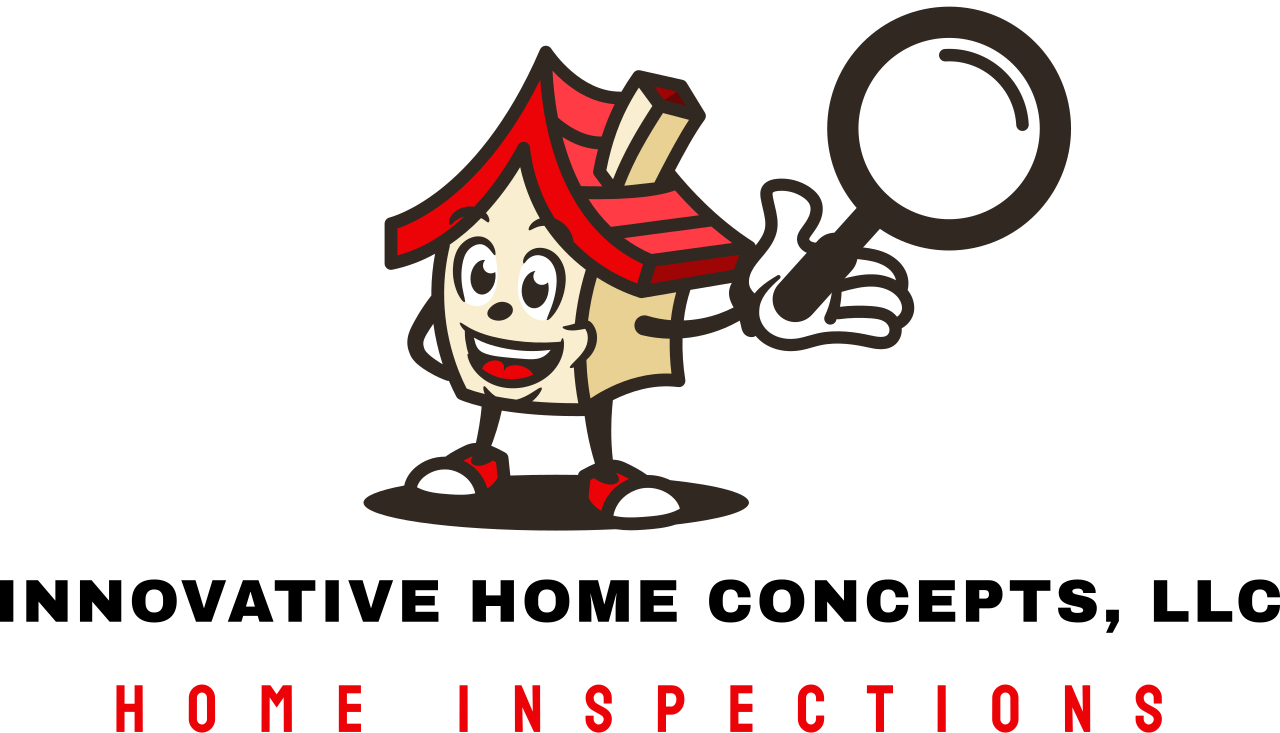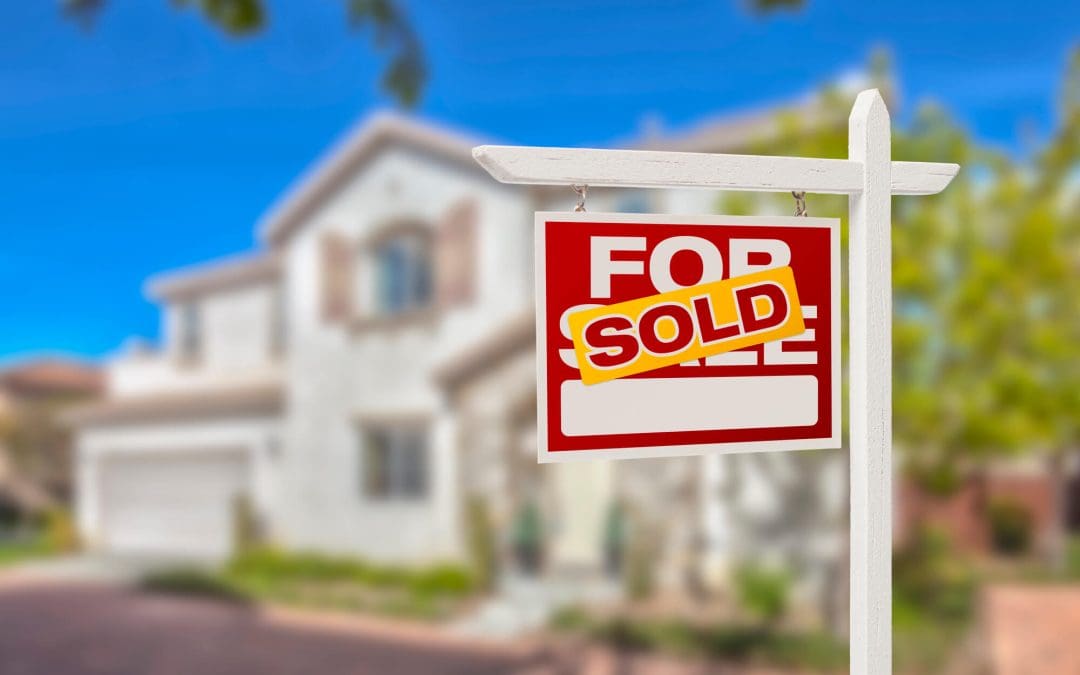The idea of turning a tired, dated property into a beautiful, modern home for profit is incredibly exciting. Shows make flipping a house seem easy, but the reality involves careful planning, budgeting, and execution. To successfully flip a house, it requires a confident, analytical approach to real estate investment. If you’re ready to put in the work, here’s a breakdown of the core steps needed to learn how to master this profitable venture.
The Critical First Step to Flip a House
The most critical factor in determining the success of your project is the purchase price. When you flip a house, you profit when you buy the property, not when you sell it. This is where the famous “70% Rule” comes into play: never pay more than 70% of the property’s After-Repair Value (ARV) minus the estimated repair costs.
Before making an offer, you must accurately estimate the ARV by analyzing comparable sales in the neighborhood. Look only at homes that have been recently updated and sold, not properties that are still on the market. Once you know the ARV, subtract your total renovation budget. The remainder should be close to 70% of the ARV, leaving room for profit, holding costs (utilities, taxes, insurance), and unexpected expenses. To confidently execute your purchase, ensure your initial analysis accounts for all transactional costs like closing fees and transfer taxes, as neglecting these will instantly erode your narrow profit margin. Learning to analyze these numbers conservatively is key to learning how to flip a house profitably.
Accurately Budgeting for Renovation
Once you’ve found a potential property, you must meticulously budget for every repair and aesthetic upgrade. The biggest mistake beginners make when they attempt to flip a house is underestimating renovation costs.
Walk through the property with contractors to get firm bids on major systems: roofing, electrical, plumbing, and HVAC. These are the elements that will easily drain your budget and must be prioritized. Aesthetics like kitchens and bathrooms are where you create value, but they must be planned carefully to appeal to the widest audience. Choose finishes that look high-end but are purchased at wholesale or discount pricing to maintain your profit margin. Always include a contingency fund of at least 10–15% of the total renovation budget for unexpected surprises, which inevitably occur when dealing with older properties.
Focusing on Speed and Market Appeal
Time is money when you flip a house. Every month you own the property, you pay interest, taxes, and utilities. A delayed project eats directly into your profit. Hire reliable contractors and set firm deadlines for every stage of the renovation. Keeping the project moving quickly is vital to maximizing your financial return. Finally, remember that the goal is to appeal to the average buyer in your target neighborhood. While it’s tempting to put in personalized, highly-styled features, stick to neutral color palettes and durable, classic finishes. Focus on high-impact areas like the kitchen and primary bathroom, which offer the highest return on investment. By combining careful acquisition, tight budgeting, and efficient execution, you will move from learning how to flip a house to executing a successful, profitable sale.
Innovative Home Concepts offers comprehensive inspection services to homebuyers and sellers in Charlotte and surrounding areas. Contact us to request an appointment.

